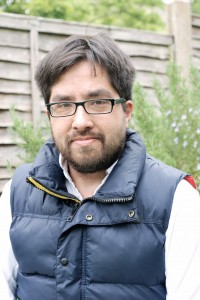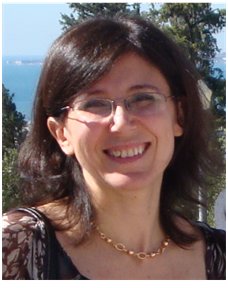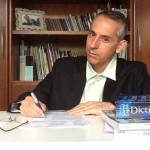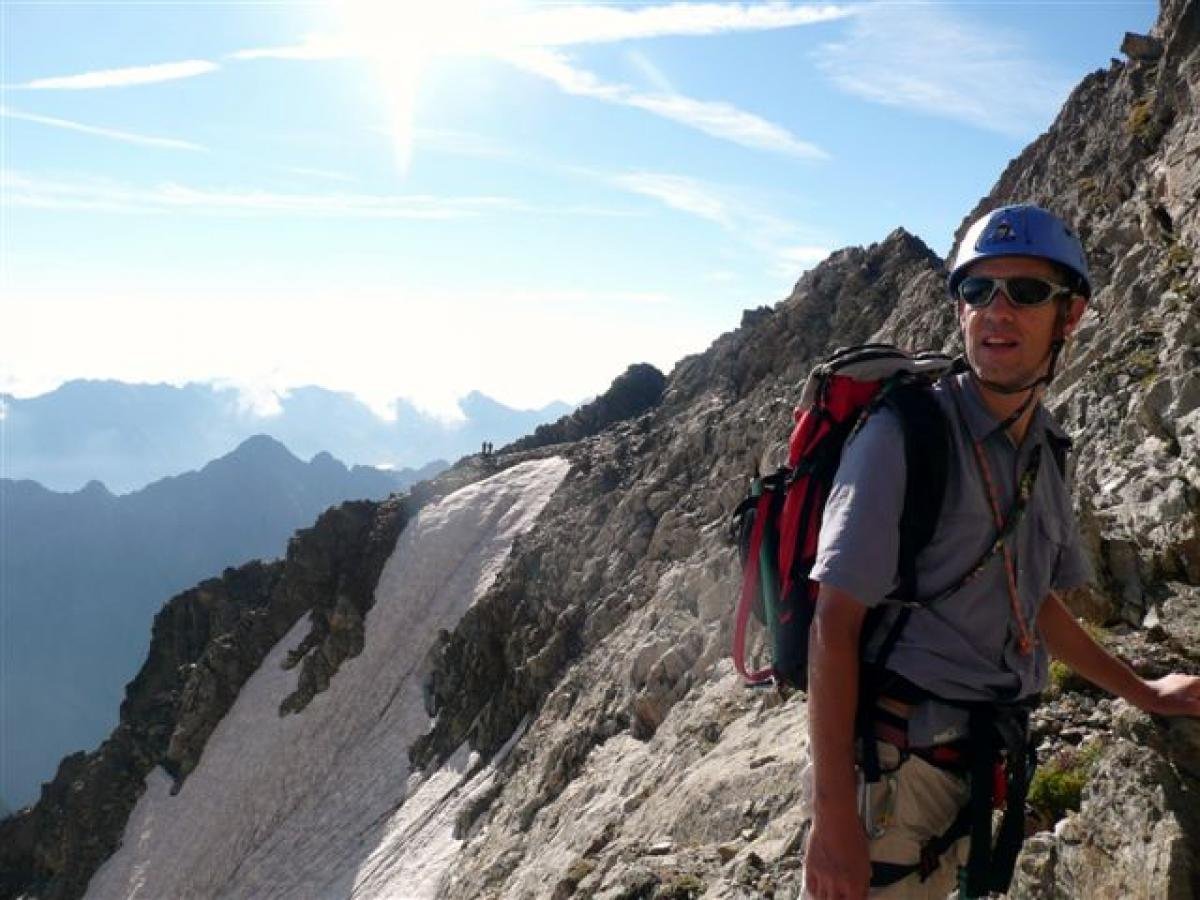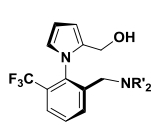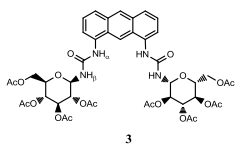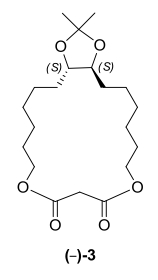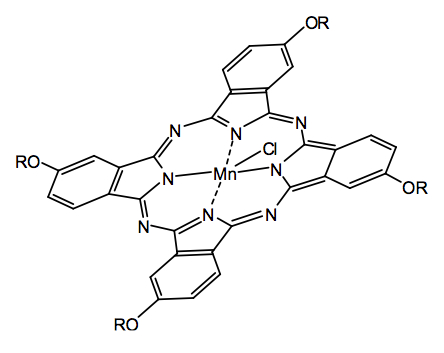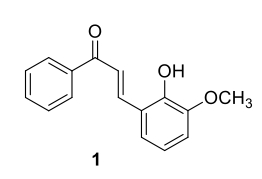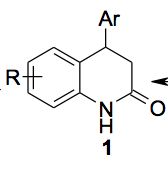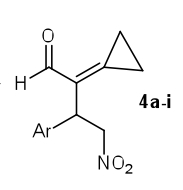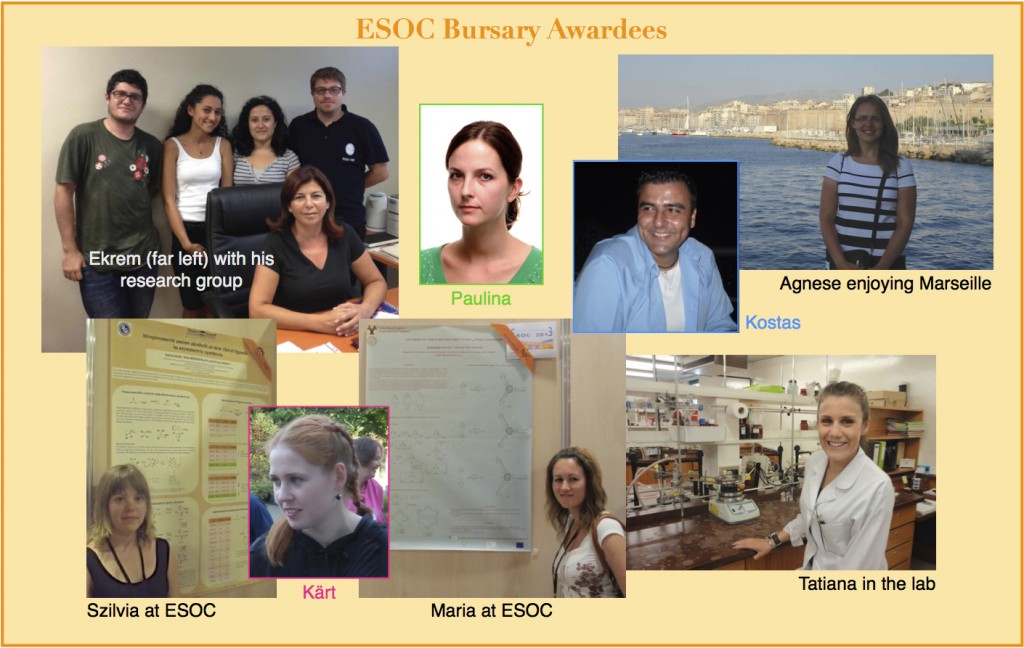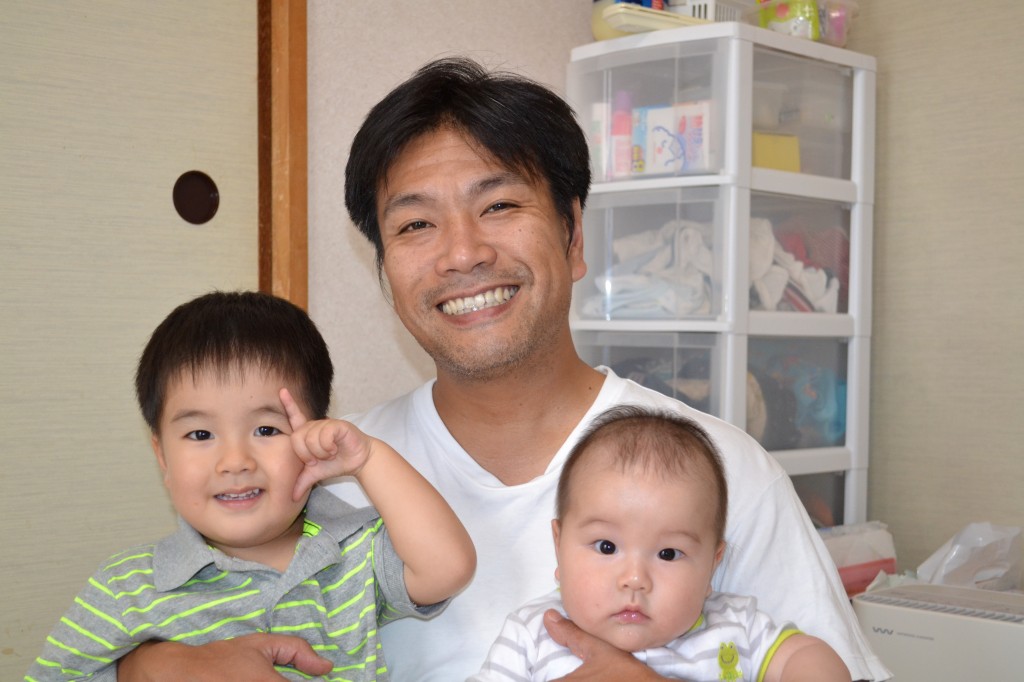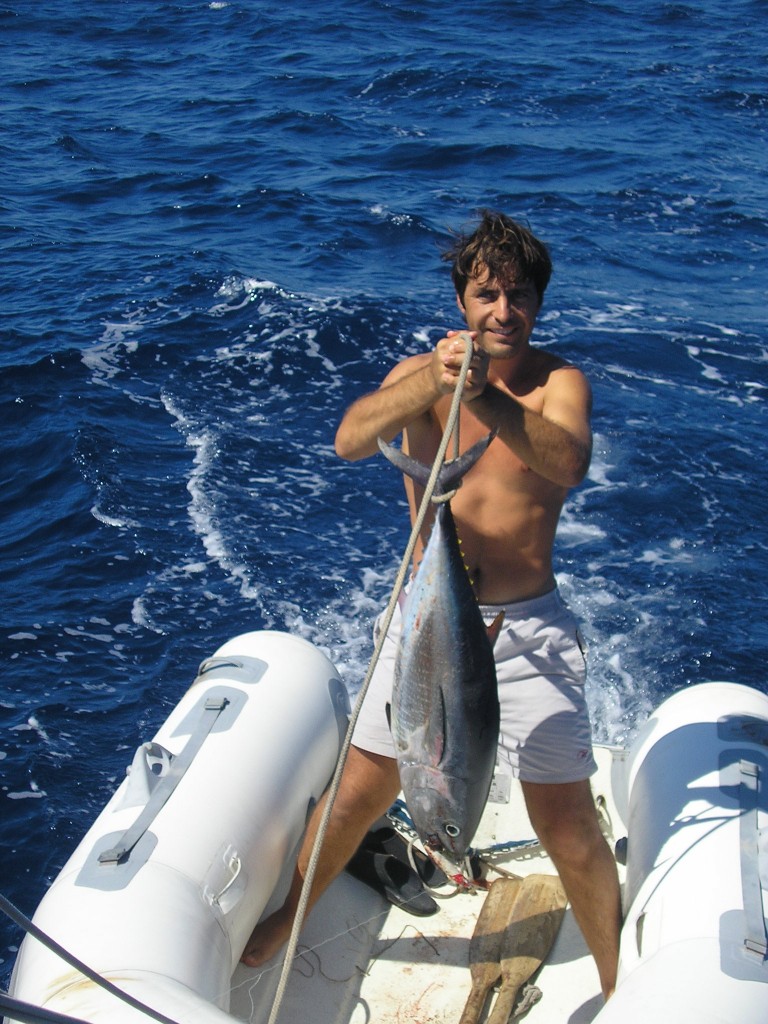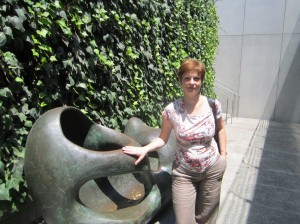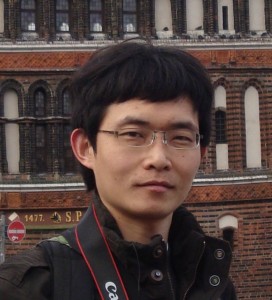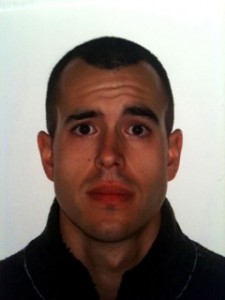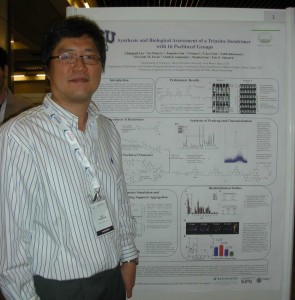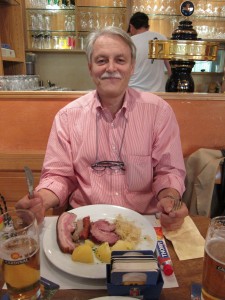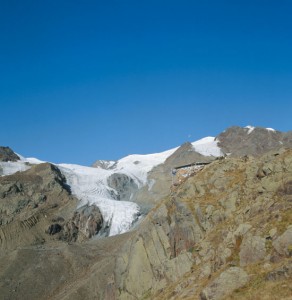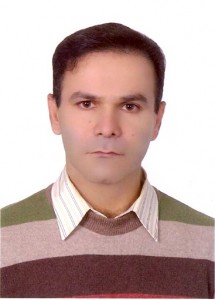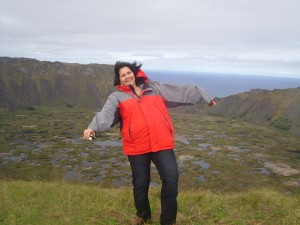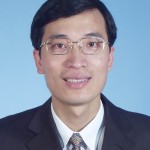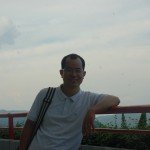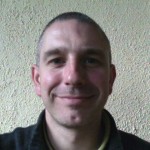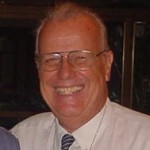by Ling PENG, NJC Assistant Editor
Here is a selection of author profiles from the 2013 November issue of NJC. We thank them most warmly for accepting our invitation and having kindly taken their time to answer a few questions for us.
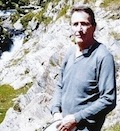 Our first author is Dr. Jean-Pierre Majoral, who is currently an emerita Research Director of exceptional grade in CNRS. He is interested in all aspects of dendrimer properties and applications from biology to medicinal chemistry, material sciences and catalysis. His contribution to this issue is a concise review which presents not only the “state of the art” concerning the use of dendrimers as tools to tackle different aggressive types of cancers (from colon to brain ) but also to point out what should be (or will be) done using dendrimers to face important remaining challenges encountered by medicinal chemists. “It is difficult for me to imagine a different career than the one I had and currently I have!” says Jean-Pierre with a total satisfaction working as a researcher during all a career. Our first author is Dr. Jean-Pierre Majoral, who is currently an emerita Research Director of exceptional grade in CNRS. He is interested in all aspects of dendrimer properties and applications from biology to medicinal chemistry, material sciences and catalysis. His contribution to this issue is a concise review which presents not only the “state of the art” concerning the use of dendrimers as tools to tackle different aggressive types of cancers (from colon to brain ) but also to point out what should be (or will be) done using dendrimers to face important remaining challenges encountered by medicinal chemists. “It is difficult for me to imagine a different career than the one I had and currently I have!” says Jean-Pierre with a total satisfaction working as a researcher during all a career. |
|
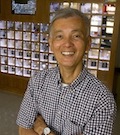 Prof. Larry Que is a Regents Professor of Chemistry at University of Minnesota, and focuses mainly on bioinorganic chemistry. In this issue, he contributed a paper entitled “Cyclohexene as a versatile substrate probe for the nature of the high-valent iron-oxo oxidant in bio-inspired nonheme iron-catalyzed oxidations”. “I love discovering new, unusually reactive compounds and understanding how they work. I also enjoy training young scientists very much” claimed Prof Que. Prof. Larry Que is a Regents Professor of Chemistry at University of Minnesota, and focuses mainly on bioinorganic chemistry. In this issue, he contributed a paper entitled “Cyclohexene as a versatile substrate probe for the nature of the high-valent iron-oxo oxidant in bio-inspired nonheme iron-catalyzed oxidations”. “I love discovering new, unusually reactive compounds and understanding how they work. I also enjoy training young scientists very much” claimed Prof Que. |
|
 Prof. Michio Yamada is an Assistant Professor at Tokyo Gakugei University. He is interested in the chemistry of carbon-rich architectures such as fullerenes, carbon nanotubes, and acetylene scaffolds. Currently, he is pursuing the structure-based design and synthesis of novel molecular receptors to explore the supramolecular chemistry of nanocarbons. In his contribution to this issue, he reported a new method for functionalization of fullerenes using photolabelling reagents. “If I couldn’t be a chemist, I’d be a curator in a museum of natural history. Actually I spent a lot of time in museums with my parents in my childhood and the experience was valuable and unforgettable”, says Prof. Yamada. Prof. Michio Yamada is an Assistant Professor at Tokyo Gakugei University. He is interested in the chemistry of carbon-rich architectures such as fullerenes, carbon nanotubes, and acetylene scaffolds. Currently, he is pursuing the structure-based design and synthesis of novel molecular receptors to explore the supramolecular chemistry of nanocarbons. In his contribution to this issue, he reported a new method for functionalization of fullerenes using photolabelling reagents. “If I couldn’t be a chemist, I’d be a curator in a museum of natural history. Actually I spent a lot of time in museums with my parents in my childhood and the experience was valuable and unforgettable”, says Prof. Yamada. |
|
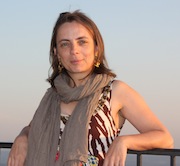 Prof. Clotilde Policar is specialized in bio-inorganic chemistry and cellular inorganic chemistry and working at Ecole Normale Supérieure in Paris. She contributed an article entitled “An Intrinsically Fluorescent Glycoligand for Direct Imaging of Ligand Trafficking in Artificial and Living Cell Systems” in the October issue of NJC. For her, the most exciting moment is “when a difficulty vanishes, at any level; from a simple technical problem solved to a deeper understanding of a phenomenon. It can be after a long process or in a short moment of insight. It is always enlightening and produces a deep joy and emotion that is, to me, the quintessence of research.” Prof. Clotilde Policar is specialized in bio-inorganic chemistry and cellular inorganic chemistry and working at Ecole Normale Supérieure in Paris. She contributed an article entitled “An Intrinsically Fluorescent Glycoligand for Direct Imaging of Ligand Trafficking in Artificial and Living Cell Systems” in the October issue of NJC. For her, the most exciting moment is “when a difficulty vanishes, at any level; from a simple technical problem solved to a deeper understanding of a phenomenon. It can be after a long process or in a short moment of insight. It is always enlightening and produces a deep joy and emotion that is, to me, the quintessence of research.” |
Read November’s issue now.











